A livestock farmer is expected to establish the identity of an animal as soon as the animal is born or some days after birth. A lot of farmers have ignored the importance of animal identification.
Giving names to farm animals may serve the purpose to an extent for a small herd, but may not be feasible for a large herd or farms with many animals. So it is crucial to put some sort of identification marks on each animal present on a farm. In this post, we discussed the identification of different classes of livestock and different methods of marking animals.
What is Animal Identification?
Animal identification is the process of marking or tagging an animal with a unique identifier so that it can be tracked and identified. This can be done through various methods, including ID tags, tattoos, and microchips.
Importance of Identification Marks on Animals
The importance of animal identification includes:
- It makes record-keeping easy for a livestock farmer or animal breeder.
- It makes treatment or culling of sick or unproductive animals easy.
- It makes it easy for a breeder to select replacement stock for the next breeding season.
Identification Methods for Animals
There are various methods that can be used to identify farm animals. These are:
- Ear tagging
- Ear tattooing
- Number tagging
- Skin branding
- Ear notching
- Microchipping
- Poultry leg band
1. Ear Tagging
Ear tags are plastic or metallic pieces that have letters or numbers engraved on them. They come in a variety of shapes and sizes, depending on the type of animal they are used on. Tags for cows and pigs are typically larger than those for rabbits. They are of two types, and they include self-piercing tags and the ones that require that a hole be made in the ear of the animal using an ear punch.
Normally, these tags are inserted within one-third of the way out from the base of the animal’s ear and the upper edge of the animal’s ear with the number at the top. This method is used for animals like cattle, pigs, sheep, goats, donkeys and rabbits.
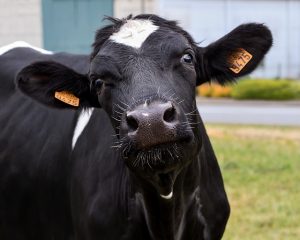
2. Ear Tattooing
Ear tattooing is another method of putting an identification mark on animals with light-colored ears. It involves punching several small holes with a die (specifically meant for tattooing) in the form of letters or numbers through the skin on the inside of the animal’s ear and they are then filled with tattoo ink. This should form a permanent mark if done properly.
The standard is to start marking with “001” till it reaches “999”. The demerit/disadvantage of using this identification method is that there is a need for catching the animals and cleaning the inside of the ear before the identification marks can be read. This method is used for animals like cattle, sheep, goats, donkeys and rabbits.
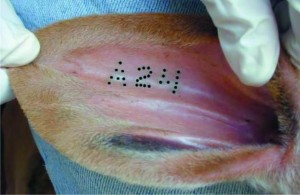
3. Number Tagging
Some farmers prefer using large metal tags that can be seen and read at a distance rather than using an ear tagging or tattooing identification method on their animals. Number tagging involves fastening metal tags to neck chains and putting the chain around the neck of each animal. The disadvantage of this method is that these metal tags may get lost. This method is used for animals like cattle, chickens, sheep, goats, donkeys and rabbits.

4. Skin Branding
Skin branding is the most common identification method used in animal husbandry. It is normally done when the animals are very young or before they are weaned. This method involves gentle press of a heated number or symbol on the body of the animal. This causes partial burning of the skin tissue and results in a permanent scar showing the number or symbol.
Branding can also be done using a cold stamping iron. Here, a branding liquid is used and the stamp is dipped in the branding liquid and applied on the animal’s body the same way the hot iron is done. The wound takes longer to heal under this type of branding.
The disadvantage of the branding method is that permanent damage is caused to the branded animal’s skin, thus reducing the value of its skin or hide. I always recommend the lower part of the animal’s thigh as the best place for branding as that part is of very low value. This method is used for animals like cattle, sheep, goats, donkeys and rabbits.
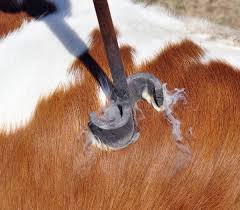
5. Ear Notching
Ear notching is an easy method of identifying animals and it involves making notches cut in the ears of the animals. A notch represents a number based on its location (on the bottom, top or end of the ear as well as the ear it is in). This method is commonly used on pigs, rabbits, goats and sheep.
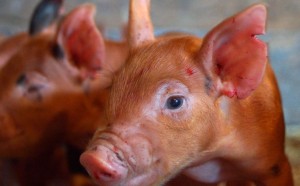
6. Microchipping
Microchips are the most commonly used form of identification for animals. A microchip is a small, chip-like device that is inserted under the skin of an animal. The microchip contains a unique identifier for the animal, which can be scanned and read by a device. This allows animal owners and authorities to track down lost or stolen animals.
7. Poultry Leg Bands
For poultry birds, you can use light aluminum wing tags carrying either individual or group numbers. This is done a day after hatching, and a separate numbered or colored leg band may be used when the birds are matured.
FAQs about Animal Identification Methods
1. What is the most common method of identifying pigs?
The most common method of identifying pigs is through ear tagging.
2. What are goat identification methods?
Goat identification methods include ear notching, eat tagging, skin branding, microchipping and ear tattooing.
3. What are the identification methods for poultry?
The identification methods used in poultry include microchipping, number tagging and poultry leg bands.
Last update on 2023-12-11 at 17:55 / Affiliate links / Images from Amazon Product Advertising API
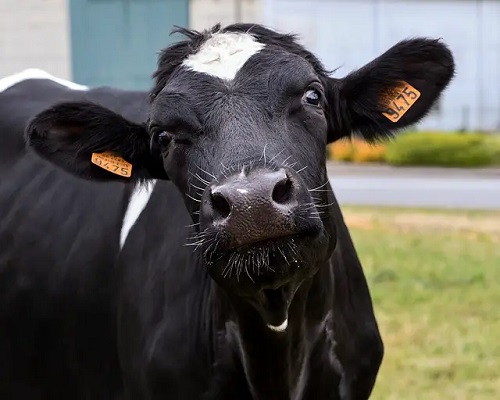
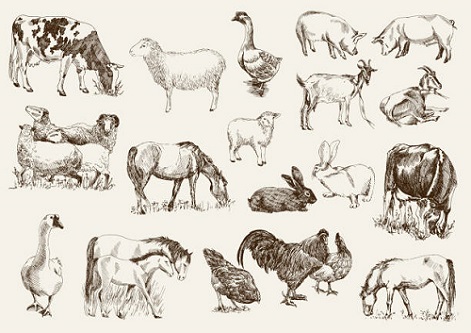
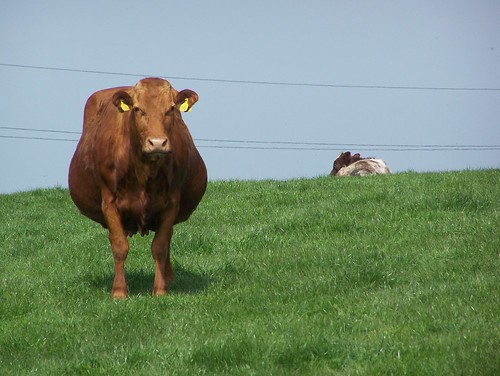
Vry nycly explained ????????????????????????❤❤
Thanks for your comment, Rana.
Nice one
hello Akin,
I am trying to tag a large number of pigs and the cost is on the high side. Which can you recommend as the cheapest? Thanks.
well explained it help in my exams